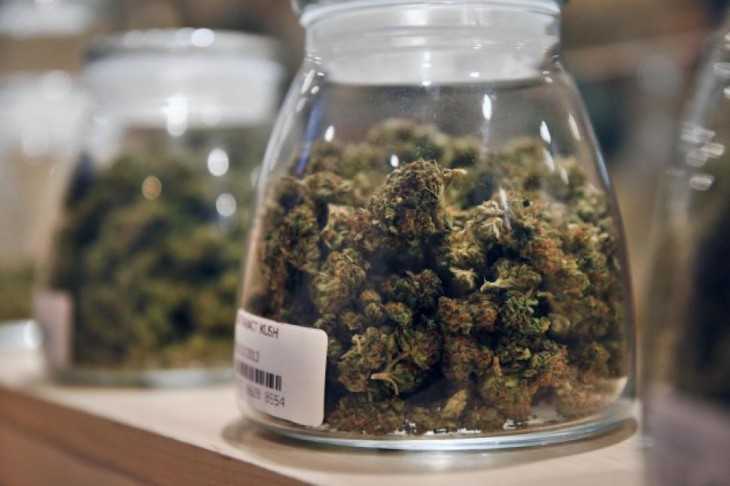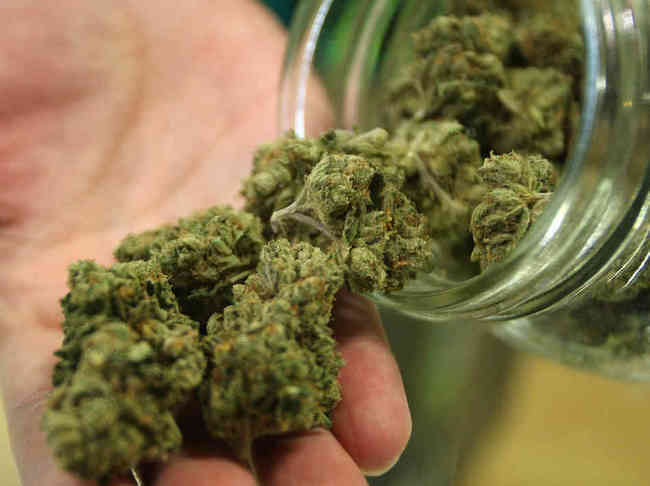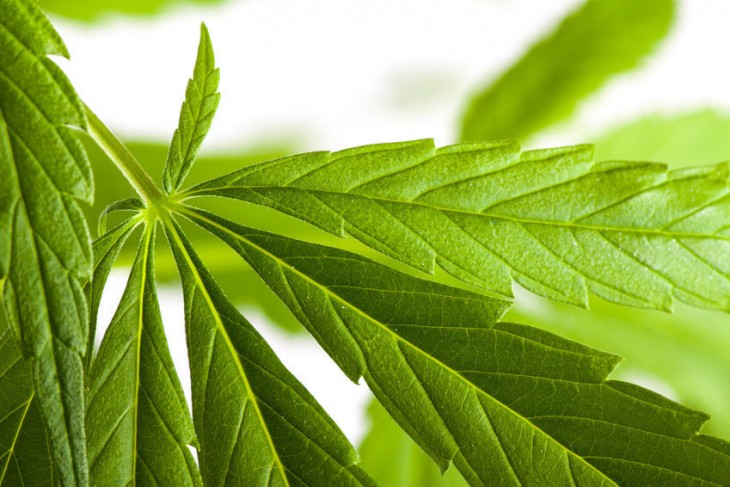Fungus in marijuana crops is not an alien term. All growers are well aware of the fact that fungi are dreaded microorganisms that can eat the entire plant. Besides, it spreads quickly. Worse? The plants die and rot. Which is why, as a grower, you should remain alert. The first few things that you can do to ensure that your marijuana plants do not develop fungus in the first hand include the following.
- There should be proper ventilation to ensure there’s no humidity.
- The plants should be pruned and cleaned regularly.
That said, despite climate control, the fungus can still affect the yield. Which is why it’s important that you know about different types of marijuana fungi so that you can detect them early on. Some of the most common ones include the following.
1. White Powdery Mildew
As the name suggests, this marijuana fungus is white in color. It has a high spread capacity since it can reproduce asexually too. It can be cleaned with a simple cloth. And using simple organic disinfectants can remove all traces of this fungus.
2. Botrytis
Botrytis fungus usually affects marijuana crops when they’re flowering. It is grey in color and affects indoor as well as outdoor cannabis plants. Whilst the mold usually develops around the buds, other common symptoms of this fungus are listed below.
- Leaves turn brown
- Stems turn grey
- Buds turn dry
Also, the buds become very sensitive. They decompose quickly if touched.
3. Oidio
Oidio is white in color and is one of the most common marijuana fungi. It can be easily seen around the leaf blades. It can spread into the stems, buds, and flowers in no time since it multiplies very quickly. It feeds on plant nutrients. As a result, the leaves start yellowing in no time. Whilst it’s easier to control and cure when detected early on, once the fungus reaches the buds, it becomes very difficult to eliminate it.
4. Mildiu
Mildiu usually requires a humidity level of more than 50% to develop and sustain. It has a white texture and, later on, it turns the leaves brownish. Ultimately, the plants die. It’s a bit difficult to detect this fungus early on because it usually develops under the leaves.
5. Bold
Bold fungi usually occur due to cannabis pests like aphids and whiteflies. When these pests suck the leaf sap, there’s a sticky residue that’s left behind. It is this sticky residue where this fungus, also known as tinze, festers.









